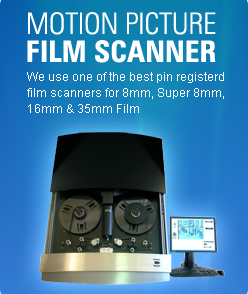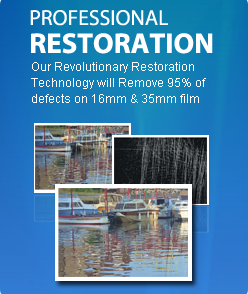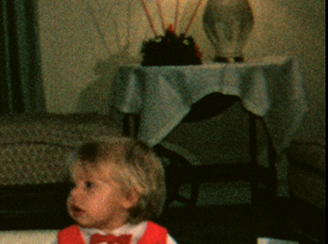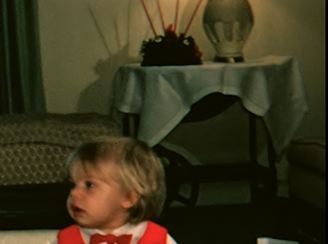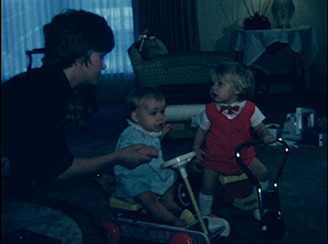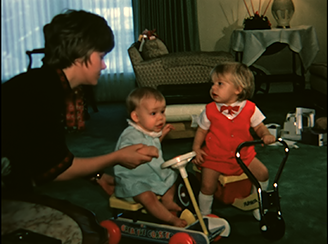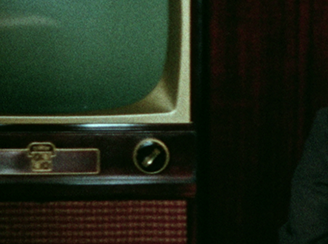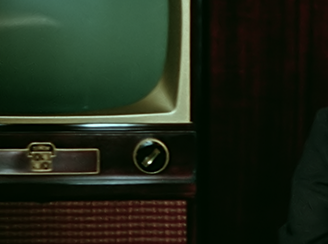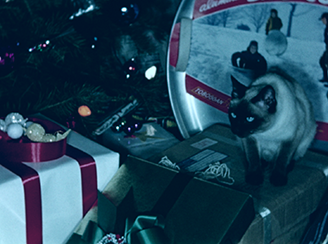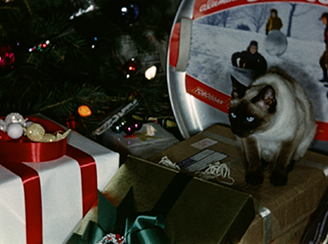
Pro Hollywood Restoration Reading
We offer 3 restoration options. Color Correction, Grain Elimination and Stabilization Technology.
About 90% of our Reading customers want the color correction and about 75% do the grain elimination. We do also offer image stabilization. It adds a nice touch to those old home movies.
Color correction is very important for amateur film because we will be able to recover more footage that was shot too dark or has darkened as part of the aging process. The scanner monitors the light and color balance and will change it based on pre-determined algorithms. This means it will pump more light through film that is dark and it will back off on film that is too bright. This will allow us to recover footage that would normally be too dark or too light. In addition, after the scan, an editor will go through the footage looking at skin tone and things like the color of the sky to order to make sure it looks correct. You can see in the examples below how much better the images look with our 2 pass color correction.
Grain is on all film. Look at the "Before" picture below compared to the "After" picture. These little dots muddy up the image and take away from the content you care most about. Now, look at the After picture on the right. This is what you really want to see. We do recommend Grain Elimination on all film for our Reading customers.
Most amateur films have some stabilization issues just because of the way the film was shot. But, most people are used to seeing this on old movie film (See example video clip below). So, we see stabilization as a nice to have but not required. If you can afford to do it then we would recommend it. If it pushes you outside your budget then we would just recommend the Grain Elimination technology.
Super 8 Film Examples Reading
|
|
Before |
After |
|
|
|
|
Before |
After |
16mm Film Examples
|
|
Before |
After |
|
|
|
|
16mm Before |
16mm After |
Reading Fun Facts: Reading played a significant role during the American Revolution. The iron industry in the area was constructing cannons, ammunition, rifles and other items for George Washington's soldiers. The Philadelphia and Reading Railroad was incorporated in the year 1883 and thrived for more than a century; however due to a steep reduction in profits from transporting coal and tight government regulations, the company filed for bankruptcy protection in 1971. Beginning with the 1940's and for most of the 1970's the city's economy significantly declined, primarily attributed to the downturn for heavy industries as well as the railroads.
Pennsylvania Fun Facts: In the American Civil War (1861-1865), Pennsylvania was the site of the Battle of Gettysburg,in whichUnion General George Meade defeated Confederate General Robert E. Lee, bringing an end to the Confederacy’s Northern invasion, as well as Lincoln’s famous Gettysburg Address. Tourists are drawn to Pennsylvania by its monuments to America’s revolutionary history, includingIndependence Hall and the Liberty Bell. Famous Pennsylvanians include patriot and inventor Benjamin Franklin, frontiersman Daniel Boone, painter Mary Cassatt,inventor Robert Fulton and comedian Bill Cosby.
